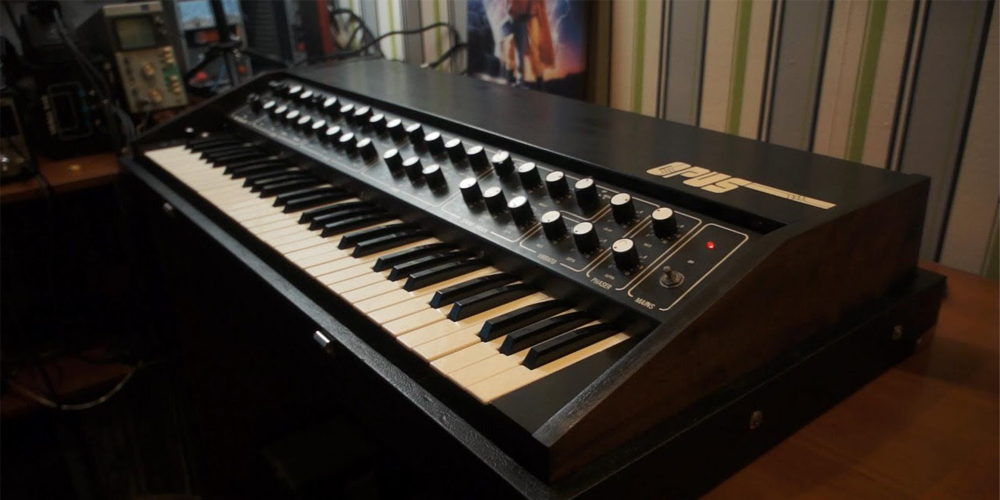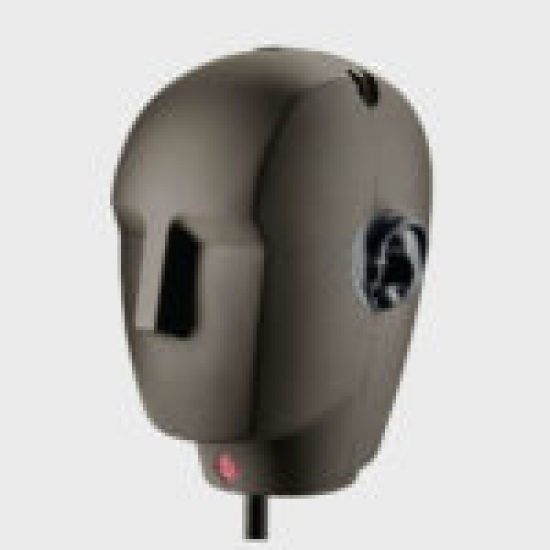
The story
Sample pack of EMI “Opus”, Riga Musical Instruments Factory (RMIF).
One of the best and most interesting polyphonic instruments of the USSR. Release years 1986-89
The presence of a phaser, ring modulator, independent lfo in the organ/strings group, vibrato and a three-mode filter with a widely adjustable envelope and a separate lfo, allows you to get a lot of interesting combinations and beats of sounds.
The sample pack is based on 384 samples of each key of the original device. Management is as close as possible to the original. The interface has been redesigned in a square shape for a more compact size.
Works with limitations/not implemented due to sampler features:
There is no delay before starting vibrato.
There is no fine tuning knob for the ring modulator. (You cannot assign two knobs in the div to sum their value to one parameter).
The ring modulator works for the entire device (due to the fact that the volume control of the groups is occupied by lfo for the implementation of tremolo).
The frequency range of the ring modulator is limited (in the original, the maximum modulation frequency is much higher, clicks appear in the engine at a high frequency and it breaks.)
Due to the low frequency of the ring modulation and the inability to compose the ring before the filter, the formants do not sound like on the original device.
There is no tremolo switch for the string section (there is no way to disable the group effect in the engine). There is no repeat frequency control. The function of the repeat control is performed by the tremolo’s rate knob.
The operation of the filter envelope is implemented approximately (in the engine there is no way to combine the values of the envelope and lfo, there is no way to invert the value of the knob, and also change the peak value for attack and decay.)
Switching the filter is available only through changing the preset (in the engine you cannot switch the filter type).
You can support the creation of sample packs and the channel here:
https://new.donatepay.ru/@audiofond
Contributors
audiofond
Interface

Reviews for Opus RMIF
- Sound
- Character
- Playability
- Inspiration
- GUI
Leave a review to let others know what you thought of the instrument!
Instant Inspiriation
Thank you simply thank you.
Good sounds only!
There are some old synths which are seemingly capable of producing good sounds only. Opus RMIF seems to be one of those.
I did not used original, but this library seems to be very good recreation. Only minor flaw is that (due to Decent sampler limitations) some of the knobs are not working. But once you understasnd that this is great source of thundering basses, epic strings and weird not-so-piano synth sounds.Crisp, gritty, soulful - absolutely brilliant!
I finally set some time apart to play with this Decent Sampler recreation of the EMI Opus, and so far I have been very impressed. I was not aware of the existence of this synthesizer beforehand, and so cannot judge the "authenticity" of the recording with respect to the original analog. However, I have little doubt that a lot of care and effort went into the creation of this instrument, as it has a very characteristic sound.
One of the first things to notice is the user interface. As far as DS interfaces go, it both looks very nice and provides you with a ton of control. In fact, it is really quite impressive what the author was able to do with just pre-recorded samples and within the limits of the Decent Sampler engine.
As far as the instrument itself, you get to play with a synthesized piano and a string organ, which can be layered to taste. If desired, the lower end of the keyboard can be split off as a separate bass instrument. You can play with the composition knobs on these three instruments to shape it to your liking, and already these come with a great clear, but somewhat gritty sound. The term "aesthetically flawed" comes to mind. I particularly enjoy the string organ, which would be right at home in an old, cozy sci-fi movie soundtrack.
But then you can further modify the sound with tremolo, vibrato, phaser, ring modulation, which all add distort and "grittify" the sound in their own ways. Finally, there is a filter with ADSR and wah knobs. You can select between LPF, BPF and HPF by choosing the respective patch. And you can always add delay, reverb, etc. as post-effects in your DAW (which sounds great with this synth!).
In summary, this is one of the more impressive instruments I have come across on this website, both in terms of sound quality and the level of control. A great vintage-sounding polysynth with tons of character and pleasant imperfections. Many thanks to the author for making it!




